

Shichi-go-san: Children, Kimono, and Candy!
|
Autumn is one of the best seasons to experience Japan—visitors can feast their eyes on the brilliant oranges and reds of the autumnal landscape, and whet their appetite on the delicious fruits, vegetables, and fishes of the season. Many regions also hold festivals during this season. Visitors to Kyoto in October can watch an extravagant parade as part of the Heian Jingu Shrine’s Jidai Matsuri, while those headed further south to Saga can enjoy a procession of large hikiyama floats at the Karatsu Kunchi Festival. Regional harvest and thanksgiving festivals are also common during this period.
There is one festival, however, that is celebrated all across the country. Every year, on November 15, parents all over Japan celebrate Shichi-go-san. Translated literally, Shichi-go-san means ‘seven, five, three’. On this occasion, children—boys and girls aged three, boys aged five, and girls aged seven—don their finest formalwear to visit Shinto shrines, where their parents will pray for their young children to continue growing happily and healthily! Shichi-go-san is said to have originated from olden ceremonies that were celebrated during medieval times. Before the development of modern medicine, young children were susceptible to various illnesses. In the past, aristocratic and samurai families used to celebrate when their children reached certain developmental milestones in good health. When their young boys and girls turned three, parents would stop shaving their hair and allowed them to grow their hair long. The next milestone for boys was celebrated when they turned five, and were allowed to wear hakama (a pant-like garment worn over a kimono) in public. As for girls, when they turned seven, they began using obi sashes instead of cords to fasten their kimono. Later, these practices became widespread amongst commoners during the Edo period. They began visiting shrines as well to pray for the wellbeing of their children. It was these customs in particular that were consolidated during the Meiji period and celebrated collectively on one day. These are the Shichi-go-san customs that we know of today. However, it is not a national holiday, and families can choose to celebrate Shichi-go-san and visit shrines on the weekends before or after November 15. Of course, there are various other theories as to how such customs came to be celebrated but in any case, parents still treat the occasion as one to give thanks and pray for the continued happiness and health of their child. Children are usually dressed in their best formalwear when they visit the shrine. Western-style suits and dresses have become more common in recent years, but most parents will still choose to dress their children in traditional Japanese garb. Both boys and girls will dress in kimono dyed in bright and festive colours, but the outerwear and accessories that are paired with their kimono are different. For example, five-year-old boys will don hakama and haori (a type of formal overcoat worn over kimono). The back of their haori coats will often be decorated with bold patterns; these auspicious patterns are meant to express qualities that parents may wish for in their child, such as courage, gallantry, and wisdom. Girls will wear long-sleeved kimono (known as furisode); three-year-old girls wear special kimono with shoulder tucks, as well as a matching padded hifu vest, while seven-year-olds wear regular furisode fastened with an obi sash. |
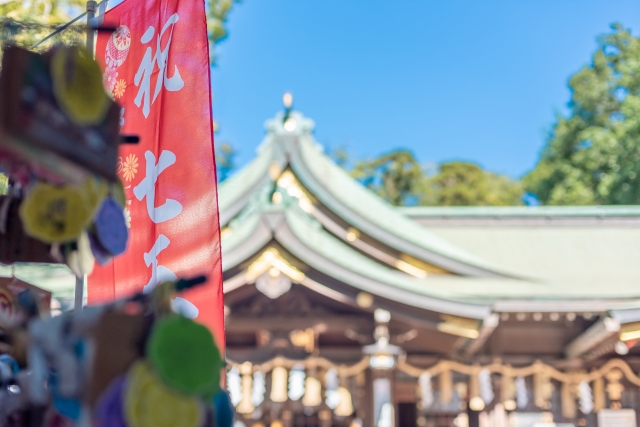 © photoAC 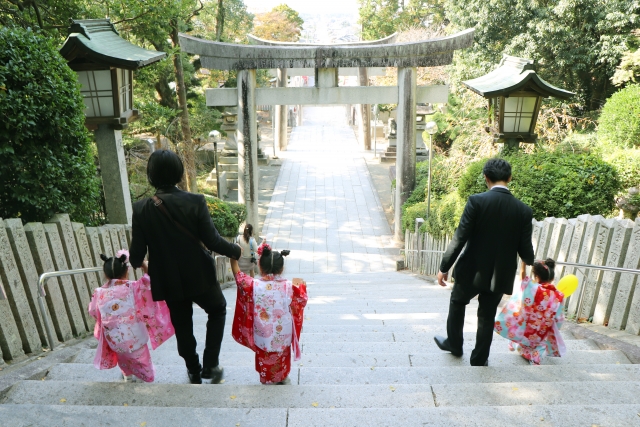 © photoAC 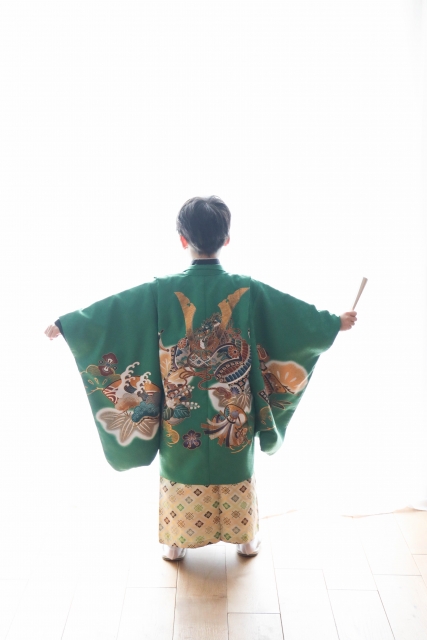 © photoAC 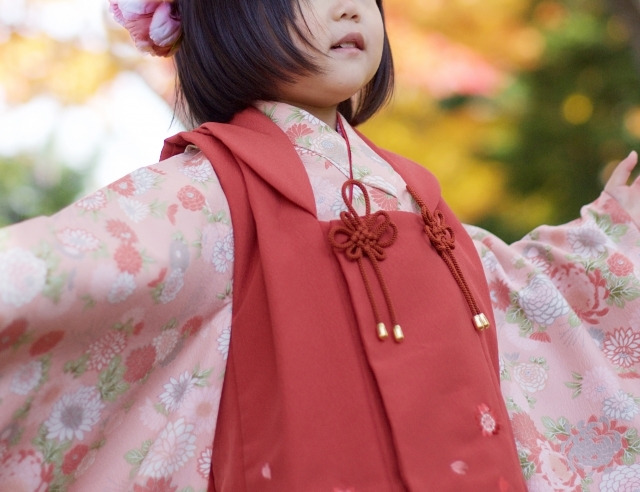 © photoAC 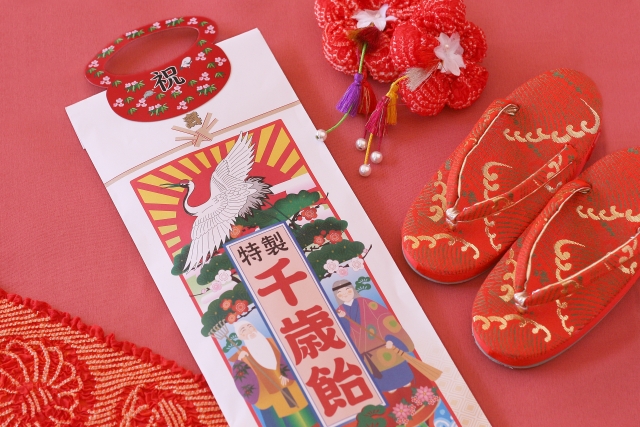 © photoAC |
|
Buying a full set of these traditional clothes can be very expensive, and as such, many parents choose to rent instead. Nowadays, many photo studios and kimono shops may offer special Shichi-go-san packages that include clothing rental, hair and make-up services, and photography sessions with commemorative portraits and albums.
Another must-have during Shichi-go-san is chitose ame (千歳飴). After paying their respects at the shrine, parents will buy their children candy known as chitose ame, which are meant to represent longevity. The word chitose itself means ‘a thousand years’, and in addition to it being shaped like a long stick, the candies also come in bags that are illustrated with cranes and turtles—two animals that are associated with longevity. The sweet treat is therefore a way for parents to express their wish for their children to lead long, healthy lives. Did you know that the way the candy is manufactured gives it an interesting texture when eaten? Chitose ame is made with two main ingredients: malt syrup and sugar. The ingredients are first boiled down together. The mixture is later flattened and cooled, and then run through a machine that continually folds it. Through this process, air bubbles are folded into the candy, making it a delight on the tongue when eaten! In modern times, not many may still hold the belief that performing such customs would guarantee a child’s health and happiness. However, families with children still observe the occasion; if not strictly, many treat it as a day to express gratitude and well wishes for their children and take the chance to get together as a family! If you ever get the chance to visit Japan with your young children in November, why not join in the festivities by visiting shrines and enjoying a delicious stick of chitose ame? | 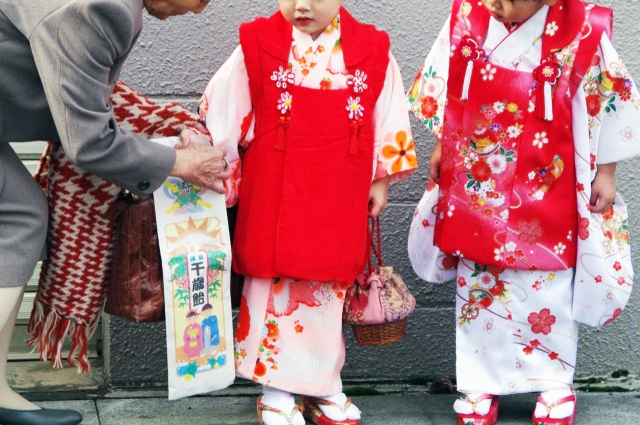 © photoAC  © photoAC 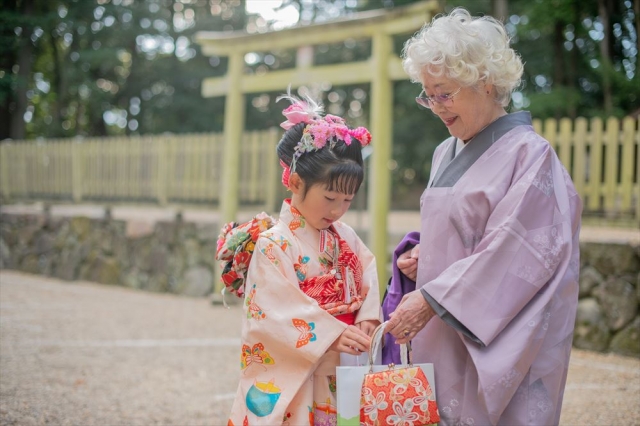 © photoAC |
Resources
|
"Shichi-Go-San" Retrieved 29 October 2021, from https://www.nippon.com/en/features/jg00043/ |
|
Japan Creative Centre 4 Nassim Road, Singapore 258372 +65 6737 0434 / jcc@sn.mofa.go.jp https://www.sg.emb-japan.go.jp/JCC/ Nearest parking at Orchard Hotel & Delphi Orchard |
 |